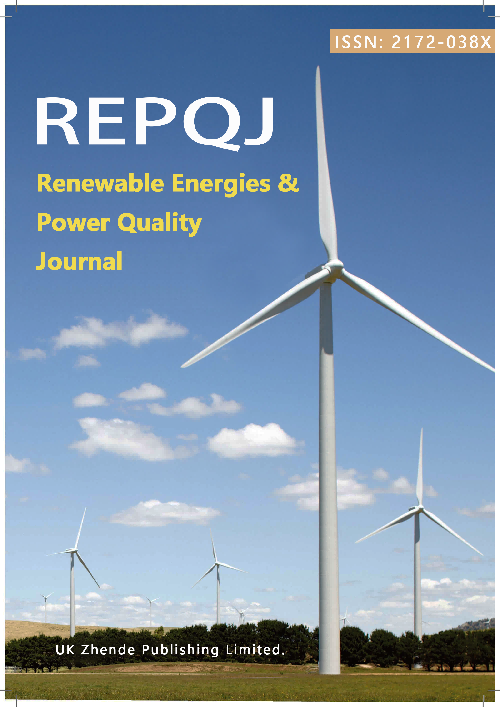Energy Self-powered Technology in Wind Turbine Tower Bolt Health Monitoring
DOI:
https://doi.org/10.52152/4163Keywords:
Wind Turbine Tower, Bolt Health Monitoring, Energy Self-Powered Technology, Energy Harvesting Device, Intelligent Scheduling AlgorithmAbstract
In wind turbine tower (WTT) bolt health monitoring, traditional energy harvesting devices have low efficiency, insufficient energy conversion efficiency, high energy consumption of monitoring systems, and insufficient system integration and optimization. This paper proposed a new energy self-powered technology to achieve long-term and continuous health monitoring of WTT. It designed an efficient energy harvesting device that used natural energy such as wind turbine tower vibration and temperature change to achieve energy harvesting, optimized materials and structures, improved energy harvesting efficiency, and ensured a long-term stable supply of energy sources. The paper used an efficient energy conversion module to convert the collected mechanical energy and thermal energy into electrical energy, and uses high-capacity energy storage devices for storage, so that the system can operate stably without an external power supply. Energy self-power supply technology can be effectively integrated with the health monitoring system, and low-power sensors and wireless data transmission modules can be designed to reduce the system’s overall energy consumption and ensure the real-time collection and transmission of health monitoring data. Intelligent scheduling algorithms optimize energy usage strategies so that energy resources can be reasonably allocated, avoiding excessive consumption of limited energy by the system and realizing long-term stable operation of the WTT monitoring system. The experimental results show that the energy conversion rate of the designed energy harvesting device is 81.7% at a frequency of 100Hz and 79.4% at a high temperature of 100°C, showing obvious advantages in efficiency under vibration frequency and temperature changes. The power consumption of the wireless data transmission module of the self-powered system increases from 15 kW in 6 hours to 22 kW in 24 hours, and the power consumption of the energy management module increases from 12 kW to 18 kW. The power consumption remains low, which is suitable for long-term monitoring tasks.
Downloads
Published
Issue
Section
License
Copyright (c) 2025 Wuwen Gao, Cheng Chen , Zhishen Chu , Manhong Jin , Panpan Wang , Zhi Duan (Author)

This work is licensed under a Creative Commons Attribution 4.0 International License.











